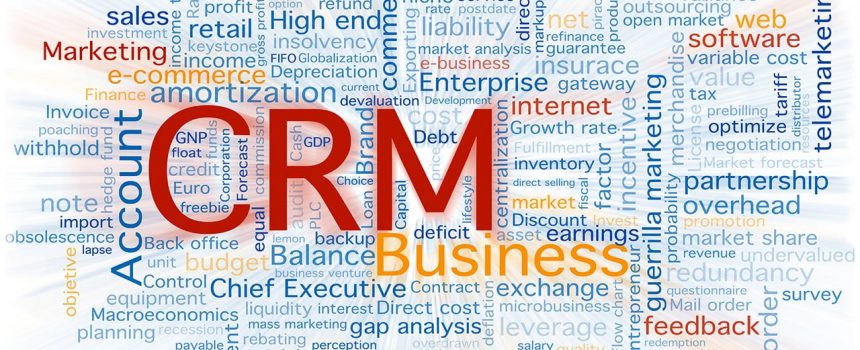In recent articles we’ve explored what must happen to fully maximize ROI (return on investment) for a CRM system.
It’s a more complex issue than ROI for many other software solutions, for in truth CRM is the backbone of your sales force, and key to marketing and other company functions as well. It has a broad and long-lasting effect on your organization and its financial security.
Before any particular CRM application has been decided upon, you must consult with anyone and everyone within the company that will have any interaction with CRM at all. You must establish for each what a CRM system would need to be. Summed up, you will then have a company-wide perspective on the ideal CRM solution for your operation.
Often these kinds of steps are not taken. In fact it’s often backwards: a CRM system is usually researched by IT and approved by company executives. Often the sales force—the area most impacted by CRM—is not even consulted. But if the procedure we’ve outline above (and in more detail in earlier articles) is taken prior to any kind of decision on a CRM system, you’re going to have a much more rapid—not to mention realistic—return for your investment.
 A Mismatch
A Mismatch
What happens when the CRM solution chosen is not matched up with all your company needs?
In Sales, it means your salespeople—the employees most responsible for company revenue—are going to be wasting time having to invent solutions for tracking sales. Sales reps will be forced to spend extra time creating reports on information that should be available right in CRM. Much of the data they do input into CRM won’t be useable to them, which wastes more of their valuable time. On top of all that, they’ll be wasting even more time in meetings to establish sales forecasts—again, information that should be available right from CRM. Without even moving outside of Sales, you’re losing a substantial amount of your ROI.
Now we move one step up to sales management and we discover that they’re having trouble staying on top of sales, because all of the information is not readily available. They must spend time verbally checking with reps—an action that must also be taken in the creation of sales forecasts. And because the CRM application doesn’t facilitate accurate forecasts, a sales manager is placing his or her job at risk every time a forecast is created and sent up the line. The same holds for the financial executives who receive and forward on these risky forecasts; their credibility is likewise at stake.
With some of the more visible issues, there will be IT time spent “tweaking,” trying to make CRM a better fit for company operations. But that, too, will be extra money spent and a loss of ROI.
You can see that a mismatched CRM solution is no solution at all, and that ROI might never even happen.
Matching the Ideal CRM System and the Real World
The answer is to research and find the CRM system that most closely approximates the one that matches the ideal you have created from your initial companywide survey. This makes for a far cry from the above “mismatched” scenario.
When this is done, your sales force is empowered by the CRM solution; it is actually helping them make sales. Right there your return on investment has just skyrocketed.
Sales management can spend far less time running around to gather numbers; all the data they need is instantly accessible in CRM. Accurate sales and opportunity forecasts can be created without the necessity of meetings—saving both sales management and the sales force considerable time. And the sales manager can sleep far easier at night; as his forecasts have a much greater degree of accuracy, his or her job is safe.
This accuracy of forecasts also extends to the security of the company itself. With a more reliable picture of the company’s financial future in hand, senior executives can move forward with plans and programs far more confidently.
As you can see, the CRM solution chosen for your company must actually be the one your company needs. That is the only way to achieve true CRM ROI.
Get your free trial of Pipeliner CRM now.




















